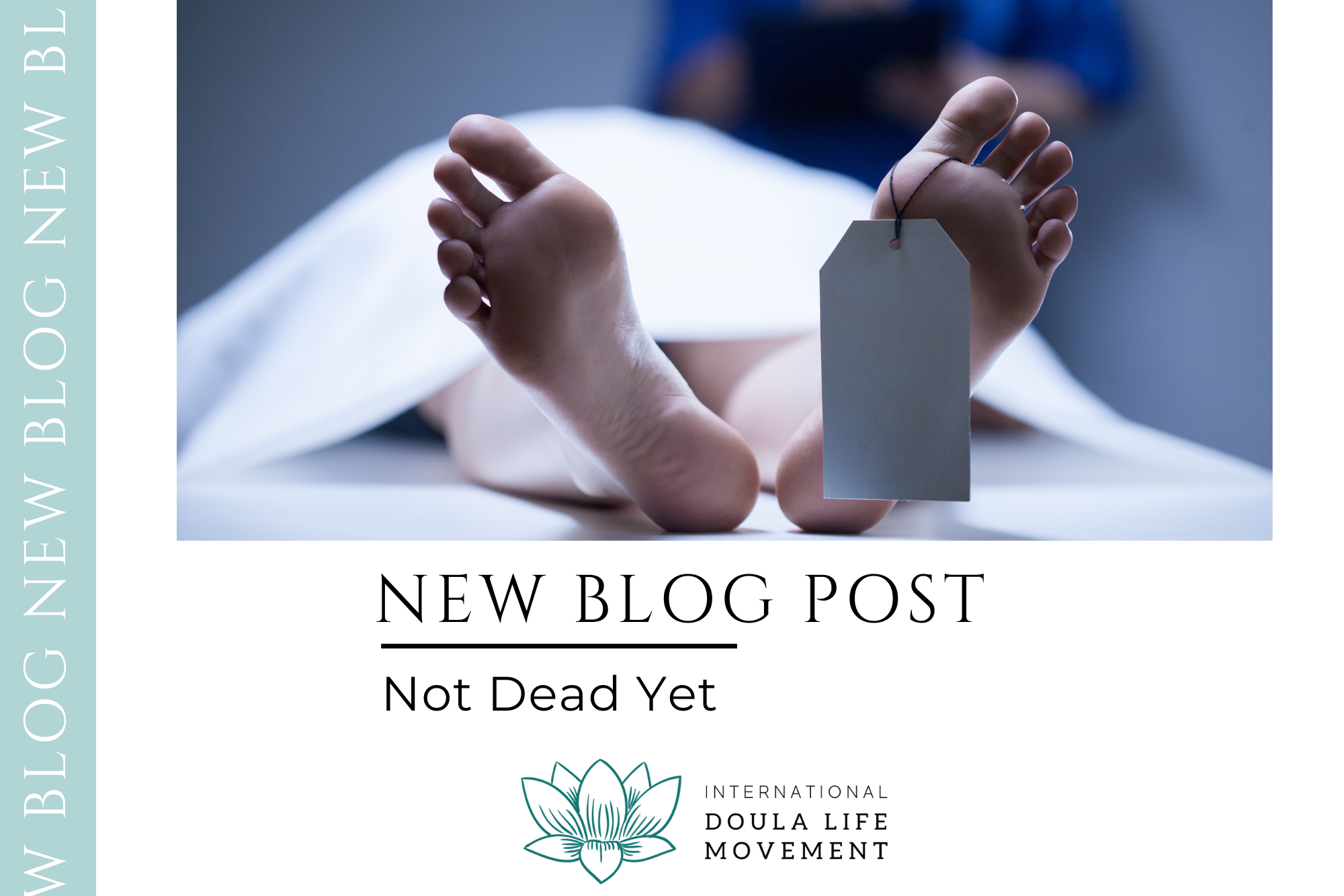One of the biggest challenges we face as end of life professionals is the fact that so many people are afraid to go to hospice. This is such a big problem that there are still doctors who will fail to mention it as an option for patients who might benefit greatly from hospice service.
The reason for this is fairly simple, if it isn’t obvious: people who are in hospice die. People are afraid to go into hospice because they think it means a death sentence; they feel like if hospice means death, then staying out of hospice as long as possible means living as long as possible, so that’s what they want.
Working in end of life care, we know how wrong this is. People in hospice care do die, this is true, but people who are not in hospice care also die every day. As David Kessler might point out, nobody has ever managed to avoid death by refusing to go into hospice; we can clearly deduce it isn’t hospice that kills them. The point of hospice is to provide the best possible quality of life for the longest possible time, for people who know they have a terminal diagnosis.
At least, that’s the idea. The sad truth is, when people work so hard to avoid hospice that when they finally accept care they die in under a week, when hospice patients arrive so weak and spent that there is almost no life left in them, the opportunity for providing with good quality of life for even a short time becomes very small, and very difficult to achieve effectively. And when this situation becomes the norm, it is easy for even caregivers and professionals to forget that hospice patients aren’t there just to die. Even families can fall into this trap. It’s not uncommon to hear someone in their final days complain, “Why are they talking about me as if I’m already dead?”
As an end of life doula, this is one more thing to add to your list of dangers to guard against, especially when your dying patients are still well enough to talk to people, to enjoy things like their favorite foods or their favorite music, and especially if they are still well enough to be up and about. There might be a terminal diagnosis, but a diagnosis isn’t a coffin. And while a person is still living, they deserve to be treated like a living person, because that is exactly what they are.
Don’t let yourself start making the mistake of thinking of terminal patients only in terms of their illness. Yes, they’re going to die, but we’re all going to die. Help them plan for it but don’t turn it into who they are. Instead, keep looking at the mother/father/grandparent/brother/sister/beloved friend who is still there with you, living and breathing, ready to talk about the things they care about, everything they have done in their life, and even the things they still want to do. Maybe you can help them do those things! There is still time, after all.
When I tell people what I do, I try not to put death front and center. I usually prefer to say I work with end of life patients—and life is the operative word. People will pull away as the end gets near, when it’s time. But no one can know when that time is supposed to be. Let the patient figure out when it is time to die. In the meantime, the objective of everyone around them should be working together to make their remaining life as well-lived as possible.






